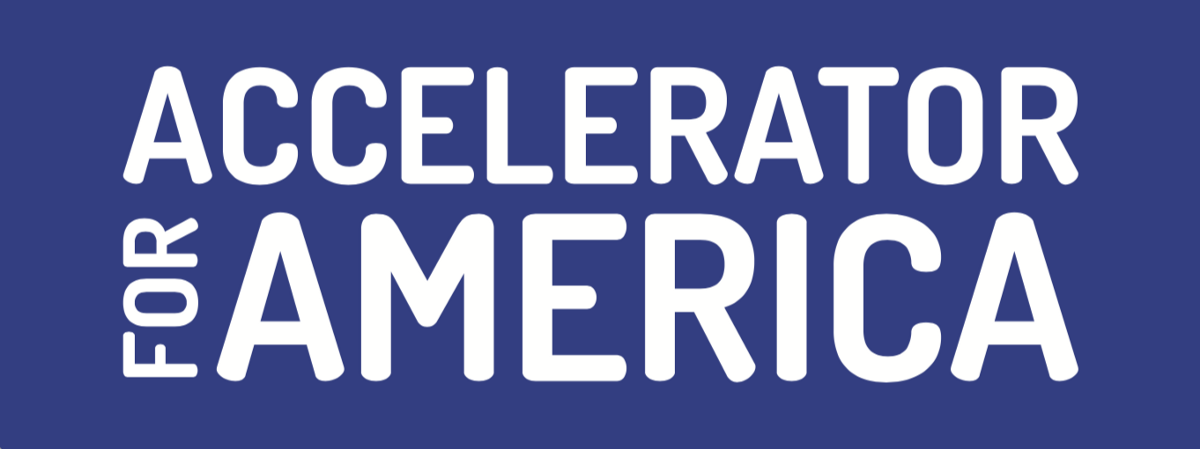Bruce Katz & Jeremy Nowak: Opportunity (Zone) Knocks
By Bruce Katz & Jeremy Nowak
With support from Accelerator for America we are working intensively in three cities to develop an urban Investment Prospectus. The Prospectus will define opportunities for channeling private and civic capital into job-creating and skill-building enterprises. The core value that animates the Prospectus is inclusive growth: increased jobs and better access to those jobs for those that have limited employment experience or opportunity.
One of the tools we will explore as part of the prototyping process is the new opportunity zone tax incentive.
The Tax Cuts and Jobs Act of 2017 established opportunity zones located by design in low- to moderate-income income census tracts. This IRS will allow any taxpayer to defer paying tax on capital gains from the sale of property if those gains are timely invested in Qualified Opportunity Funds which must invest 90% of their assets in businesses located or property used in a low-income community.
The investments must be for at least five years and there is an escalation of benefits based on whether it is a five- or seven-year horizon. If investors invest for 10 years, they also pay no capital gains tax on the appreciation on that investment. The 10- year benefit is where the greatest economic value is – at least potentially. The 10- year benefit also creates the greatest potential for economic interests: The more profitable the project or fund, the greater the impact of not paying any gains on the appreciation.
Governors can select up to 25% of eligible tracts in each state for inclusion in the program. Tract eligibility is based on guidelines used for the New Market Tax Credit program. In addition to low-income tracts, up to 5% of designated tracts may be contiguous to low-income tracts as long as the median income of those tracts does not exceed 125% of the median income of the proximate low-income community.
A little less than half of the states met the initial deadline (third week of March) to get their tracts certified. The remaining states received extensions until the third week of April to complete the process. The regulations that will guide the program are being written now and will hopefully be completed by September or October 2018. As we all know, the devil is in the details, and the details will be contained in the regulations.
This incentive is different than many other tax credit programs – New Markets, Low Income Housing, and Historic – in important ways. First, the opportunity incentive is much more market-oriented. Apart from the eligibility standards and selection process, there is no public authority that will allocate credits. Moreover, the opportunity incentives have no benefit cap and can be applied to a very wide range of projects, both residential and commercial.
New Markets credits and Low-Income Housing Tax credits are distributed in cycles by the Treasury Department and state housing finance agencies. With those credits there is built-in public guidance, project competition, and tax credit compliance regimen. It will be much different with the opportunity zone incentives, which have only four parties to the process: a taxpayer, a fund, an eligible place, and a project.
The selection strategy and the market orientation of the incentive call into question our ability to make the best use of the incentive for the purposes of inclusive growth. We think that the opportunities are significant but only if we are smart about how the public sector and civil society participate.
In a policy brief that can be accessed here, we make the case for how to maximize the value of the incentive. We favor selecting areas where there is the right intersection of social need and market viability. We then think that project investments (financial capital) have to be coupled with human capital investments to maximize low-income access. We believe that incentive has to be viewed within the broader context of existing public, private, and civic activity around community change. And finally, we favor the intensive use of data to select, measure, and improve.
A market-oriented incentive will not do those things without the right engagement with a smart public sector and a well-organized civil society or community. But there is great potential here to unlock billions of dollars of new investment. So let’s get it right by ensuring the greatest bang for the widest number of people.
Watch New Localism Advisors' presentation at our second meeting in Columbia, South Carolina, below:

